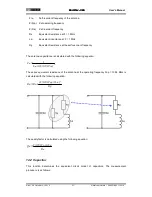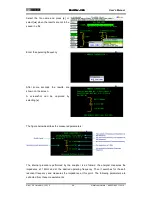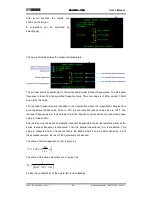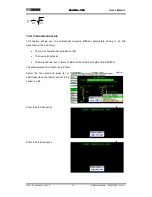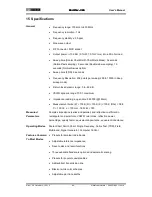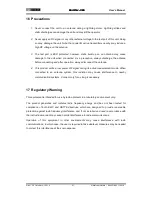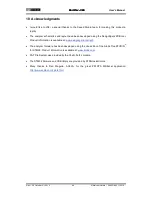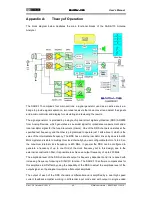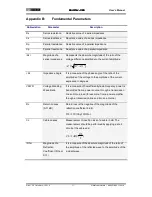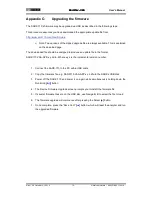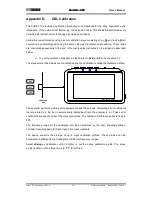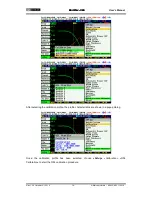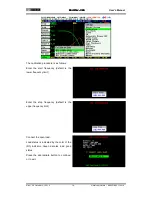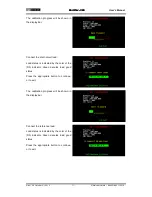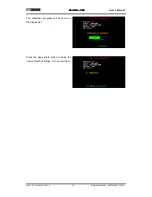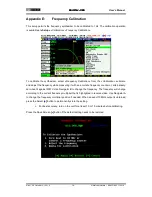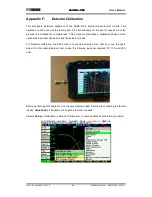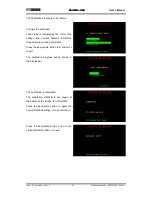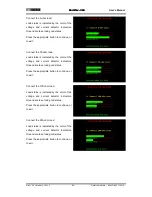
SARK
SARK
SARK
SARK-
-
-
-110
110
110
110
User’s Manual
Rev 1.2.6 October 3
rd
, 2015
- 70 -
© Melchor Varela – EA4FRB 2011-2015
mode. Most DDS designs use a broadband balun transformer to convert to single end mode but
because of the restricted height available in the SARK110 enclosure a silicon-based solution
was chosen.
The output of each amplifier is followed by elliptic low pass filters with a cut-off frequency of 230
MHz. These filters reduce the level of spurious high frequency components that appear in the
output of the DDS. These high frequency components consist of aliases at multiples of the
internal clock frequency as well as other spurs.
For impedance measurement a resistive bridge is used because of its simplicity and good
frequency response, working down to DC. In the bridge the voltage across one resistor is
proportional to the voltage being applied to the circuit under test and the voltage across another
resistor is proportional to the current flowing into the circuit connected to the analyzer’s test port.
Both the magnitude and phase are measured. The ratio of the two corresponds to the
impedance we want to measure.
One of the mixers is used for the voltage measurement and the other for the current
measurement. The output of the mixers is the 1 kHz I.F. signal which is then amplified and
filtered with a bandpass filter before digitizing. Identical mixer and amplifier circuits are used for
both the voltage and current sensing paths. Any small differences in the gain and phase shift of
these two signal paths are taken care of by the calibration process.
The core of the analyzer is an STM32F103 microcontroller from STMicroelectronics. This
microcontroller incorporates the high-performance ARM Cortex M3 32 bit core operating at 72
MHz, a Flash memory of 256 kB, SRAM of 48 kB, and an extensive range of I/O and peripherals
including a USB device controller and three 12-bit ADC converters. The digitizing of the 1 kHz
I.F. signal is done by two independent 12-bit ADC converters contained in the STM32 MCU.
These two converters operate simultaneously and are synchronized, so providing good accuracy
for the phase measurement.
The two sets of digital data from the voltage and current sensors are analyzed using an
optimized implementation of the discrete Fourier transform that works with a single bin. This
produces the amplitude and phase of the 1 kHz fundamental signal and cancels out any DC
component due to offsets in the operational amplifiers. The load impedance magnitude is the
voltage amplitude divided by the current amplitude. The phase angle of the impedance is the
difference in the phase angles of the voltage and current. Knowing these two parameters, we
can calculate the equivalent resistance and reactance of the load impedance. The rest of the
parameters such as VSWR, reflection coefficient, etc. are derived from the measured
impedance value.


